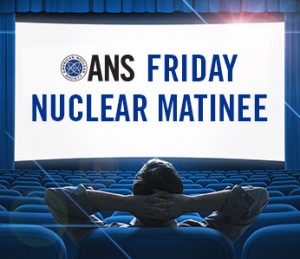Your most critical assets deserve more than just fences and cameras. NV5’s cutting-edge layered security solutions extend detection and response beyond traditional perimeters. From advanced geospatial analytics to integrated surveillance and access control, NV5 helps you stay ahead of threats before they breach your defenses. Learn more.
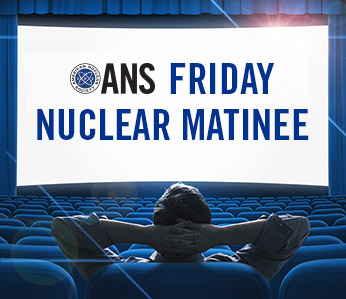
Our Friday Matinee this week looks at China's Shidao Bay nuclear plant. This plant, widely touted as a Gen-IV design, is a bit unusual in that it employs two HTGR's (that's High Temperature Gas cooled Reactors) supplying steam to one turbine generator. The video gives a good basic look at the plant's design and shows the steady progress being made toward fully operable, commercial HTGR's.

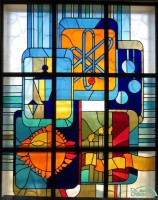
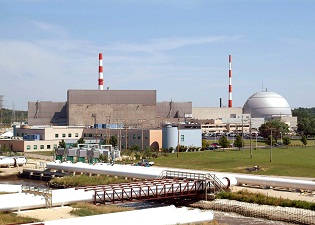
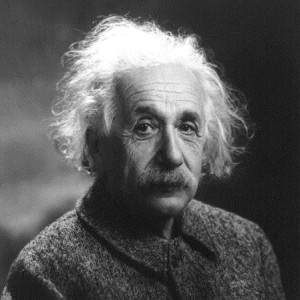 His name has become synonymous with genius; his playful, quirky persona and shaggy image the basis for the pop culture phenomenon of the absent-minded professor, and his incandescent brilliance forever changed the world and marked him Time magazine's "
His name has become synonymous with genius; his playful, quirky persona and shaggy image the basis for the pop culture phenomenon of the absent-minded professor, and his incandescent brilliance forever changed the world and marked him Time magazine's "